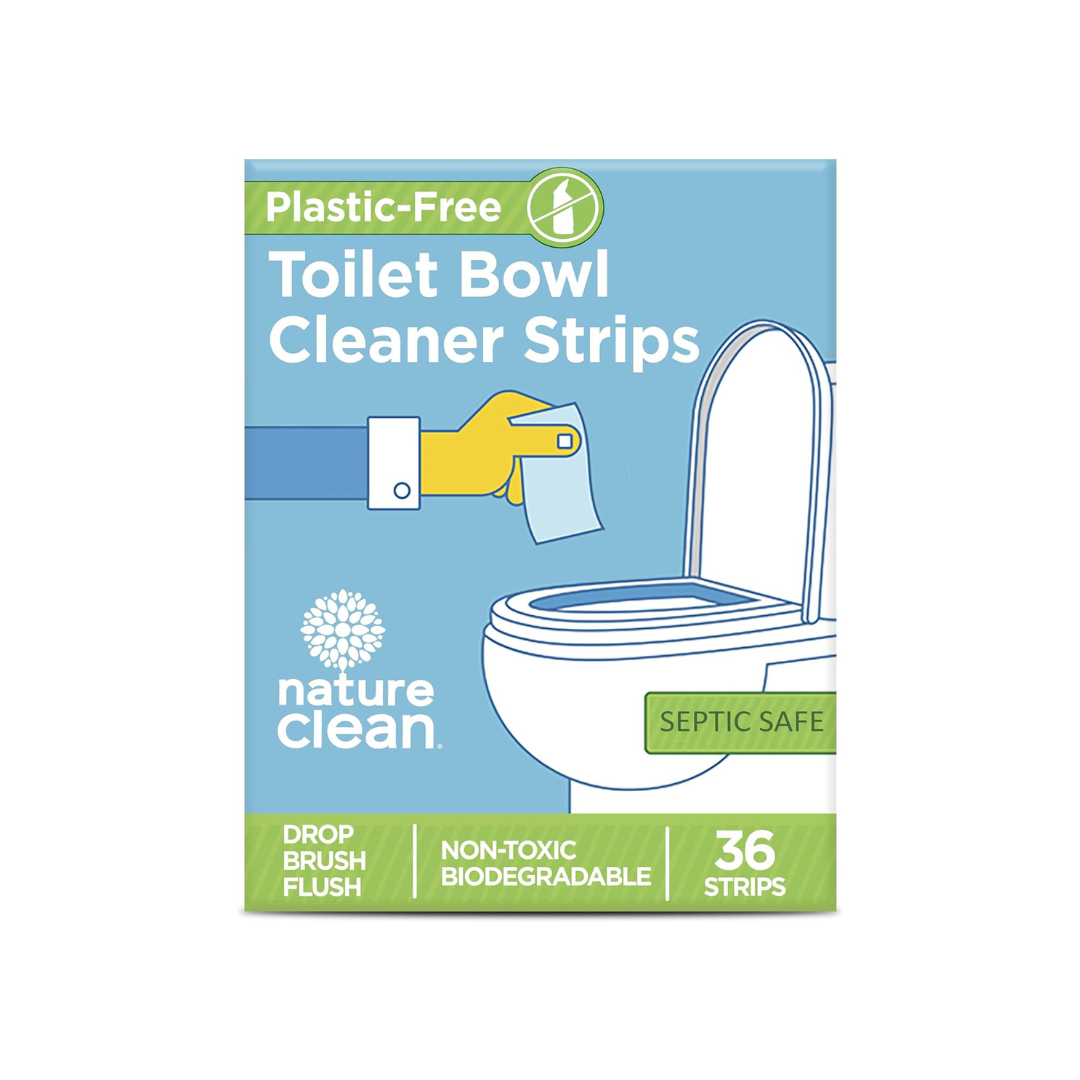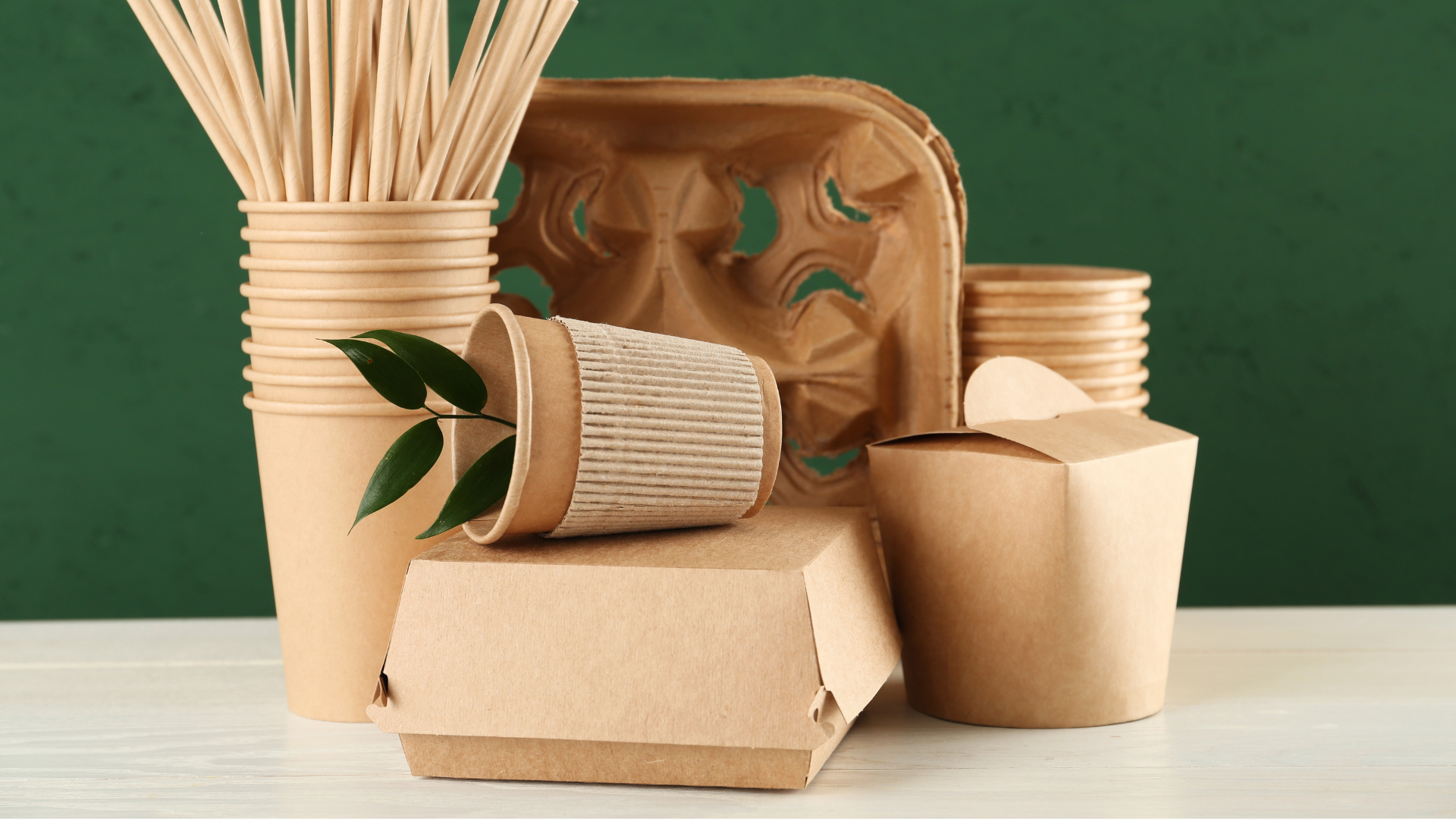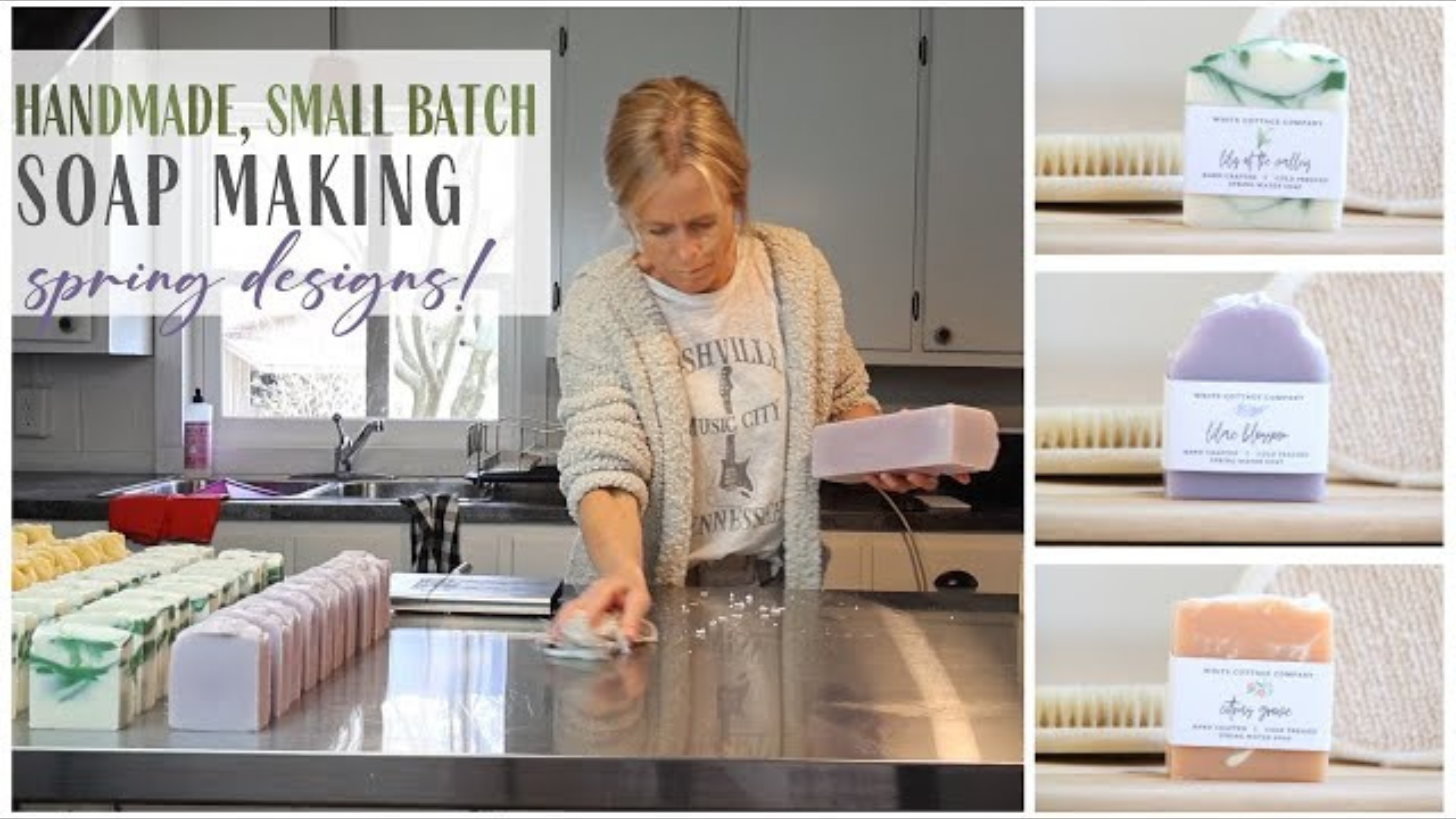Benefits and cautions of using essential oils in products.
Understanding Essential Oils
Essential oils have become a cornerstone in natural and sustainable living, celebrated for their versatility, therapeutic benefits, and eco-friendly appeal. From diffusing lavender oil for relaxation to using tea tree oil for its antibacterial properties, these potent plant extracts have found their way into numerous aspects of our daily lives. But while their popularity continues to rise, there’s still much to learn about the science behind essential oils, how they work, and their benefits and risks.
At Sustai Market, we are committed to equipping consumers with the knowledge they need to make informed decisions about the products they use. By leveraging tools like the Sustai Score and Sustai Badges, we evaluate products containing essential oils for their safety, sustainability, and effectiveness. Let’s dive into the fascinating world of essential oils and explore what makes them so unique.
What Are Essential Oils?
Essential oils are highly concentrated plant extracts that capture the essence of a plant’s fragrance and beneficial properties. They are derived from various parts of plants, including leaves, flowers, bark, seeds, and roots.
A Brief History of Essential Oils
-
Used for centuries in ancient civilizations like Egypt, India, and China for medicinal, spiritual, and cosmetic purposes.
-
In modern times, essential oils have become a key ingredient in aromatherapy, natural skincare, and wellness products.
Why Essential Oils Are Popular Today
-
The shift toward natural and sustainable living has increased interest in essential oils as alternatives to synthetic chemicals.
-
Their versatility makes them suitable for a wide range of applications, from promoting relaxation to providing antimicrobial benefits.
At Sustai Market, we prioritize transparency and sustainability by ensuring that the essential oils used in our curated products are sourced responsibly and meet our strict Sustai Score criteria.
The Science Behind Essential Oils
1) How Are Essential Oils Extracted?
The method of extraction plays a crucial role in determining the purity and potency of essential oils. Here are the most common methods:
-
Steam Distillation:
-
The most widely used method, where steam is passed through plant material to extract volatile compounds.
-
Example: Lavender oil is commonly extracted through steam distillation.
-
-
Cold Pressing:
-
Used for citrus oils, this method involves mechanically pressing the peel of fruits like oranges and lemons to release their oils.
-
Example: Lemon and orange essential oils.
-
-
Solvent Extraction:
-
Used for delicate flowers like jasmine, where solvents are used to extract the oil, resulting in an absolute rather than a true essential oil.
-
Each extraction method affects the quality and effectiveness of the oil, which is why Sustai Market evaluates products for purity and sustainability.
2) What Makes Essential Oils Effective?
Essential oils owe their effectiveness to their unique chemical composition:
-
Active Compounds:
-
Terpenes: Found in oils like eucalyptus, known for their anti-inflammatory properties.
-
Aldehydes: Present in lemongrass oil, offering calming effects.
-
Phenols: Found in clove oil, known for their antimicrobial properties.
-
-
How They Work:
-
Through inhalation, essential oils interact with the limbic system, the part of the brain responsible for emotions and memory.
-
When applied topically (properly diluted), essential oils can penetrate the skin and deliver localized benefits.
-
Understanding the science behind these compounds helps explain why essential oils are so effective in various applications, from skincare to wellness.
3) The Role of Essential Oils in Natural Products
Essential oils are a favorite ingredient in clean beauty and natural products for several reasons:
-
Natural Fragrance: They provide a safer alternative to synthetic fragrances that often contain harmful additives like phthalates.
-
Therapeutic Properties: Many essential oils offer dual benefits, acting as both a functional ingredient and a sensory enhancer.
-
Example: Tea tree oil in facial cleansers for its antibacterial properties and refreshing scent.
-
-
Eco-Friendly Appeal: As plant-based ingredients, essential oils support the demand for biodegradable and renewable resources.
At Sustai Market, we ensure that products featuring essential oils meet the highest standards of safety and sustainability through our Sustai Badges, such as the Non-Toxic Badge and Eco-Friendly Badge.
Common Uses of Essential Oils
1) Skincare and Personal Care Products
Essential oils are widely used in skincare and personal care for their therapeutic properties:
-
Moisturizers and Serums:
-
Rosehip oil for hydration and anti-aging.
-
Tea tree oil for acne-prone skin due to its antimicrobial properties.
-
-
Cleansers and Toners:
-
Eucalyptus oil for its antibacterial effects.
-
Witch hazel with added essential oils for astringent properties.
-
-
Hair Care:
-
Peppermint and rosemary oils are popular for promoting scalp health and stimulating hair growth.
-
2) Aromatherapy
Aromatherapy is one of the most popular uses of essential oils, leveraging their aromatic compounds to influence mood and well-being:
-
Relaxation: Lavender oil is known for its ability to promote calmness and reduce stress.
-
Energy Boost: Citrus oils like orange and grapefruit are uplifting and energizing.
-
Focus and Clarity: Rosemary and peppermint oils are used to enhance concentration and memory.
Using a diffuser or inhaling directly from the bottle are common ways to enjoy the benefits of essential oils in aromatherapy.
3) Household Products
Essential oils also shine in eco-friendly household products:
-
Cleaning Solutions: Lemon and tea tree oils are effective natural disinfectants.
-
Home Fragrance: Used in candles and reed diffusers as a sustainable alternative to synthetic scents.
4) Wellness Practices
Essential oils are a staple in holistic wellness practices, including:
-
Massage Oils: Blends of carrier oils and essential oils for relaxation and muscle relief.
-
Bath Soaks: Adding a few drops of eucalyptus or lavender oil to a warm bath for respiratory support and relaxation.
Benefits of Using Essential Oils in Products
1) Natural and Sustainable Properties
-
Essential oils are derived from plants, making them a renewable and biodegradable resource.
-
Sustai Market ensures that the essential oils used in our curated products are sourced sustainably to minimize environmental impact.
2) Holistic Benefits
-
Physical Benefits:
-
Antimicrobial: Tea tree oil for acne or wounds.
-
Anti-inflammatory: Chamomile oil for soothing irritated skin.
-
Antioxidant: Rosehip oil for combating free radicals.
-
-
Emotional and Mental Benefits:
-
Stress Reduction: Lavender and frankincense for relaxation.
-
Mood Enhancement: Citrus oils like orange and bergamot for uplifting spirits.
-
3) Versatility
Essential oils can replace multiple synthetic ingredients due to their multifunctional properties:
-
Example: Tea tree oil acts as both an antimicrobial and an anti-inflammatory agent.
4) Eco-Friendly Fragrance
-
Essential oils provide a natural alternative to synthetic fragrances, which often contain harmful chemicals.
Potential Risks and Cautions of Essential Oils
Essential oils are highly concentrated and potent, which means they need to be used with care to avoid adverse effects.
1) Skin Irritation and Sensitivity
-
The Problem: Essential oils can cause skin irritation or allergic reactions, especially when applied directly to the skin without dilution.
-
Examples of Irritating Oils:
-
Citrus Oils: Lemon, lime, and bergamot can cause photosensitivity, increasing the risk of sunburn.
-
Spicy Oils: Cinnamon and clove oils are potent and can irritate sensitive skin.
-
-
Solution: Always dilute essential oils with a carrier oil, such as coconut or jojoba oil, before applying them to the skin.
2) Allergic Reactions
-
The Problem: Some individuals may develop allergic reactions to specific essential oils, resulting in redness, itching, or swelling.
-
Patch Testing: It’s essential to perform a patch test before using a new essential oil. Apply a small amount (diluted) to your forearm and wait 24 hours to check for any reaction.
3) Toxicity When Ingested
-
The Problem: Essential oils are not meant to be ingested unless prescribed by a certified aromatherapist or healthcare professional. Certain oils can be toxic when ingested, even in small amounts.
-
Examples of Toxic Oils: Eucalyptus, wintergreen, and camphor oils can be harmful if swallowed and may cause severe reactions.
4) Overuse and Sensitization
-
The Problem: Overusing essential oils can lead to sensitization, where the body develops an adverse reaction to previously tolerated oils.
-
Solution: Rotate oils and use them in moderation to avoid sensitization.
5) Safety for Children and Pets
-
The Problem: Some essential oils are not safe for use around children and pets.
-
Unsafe Oils for Children: Peppermint, eucalyptus, and tea tree oils can be too strong for young children.
-
Unsafe Oils for Pets: Tea tree and citrus oils can be toxic to cats and dogs.
-
-
Solution: Always consult a professional before using essential oils near children or pets.
Sustainability and Ethical Sourcing of Essential Oils
As demand for essential oils grows, so does the need for sustainable and ethical practices in their production.
1) Environmental Impact
-
Overharvesting: Plants like sandalwood and rosewood are at risk of overharvesting due to the popularity of their oils.
-
Deforestation: Unsustainable farming practices can lead to deforestation, harming ecosystems and biodiversity.
2) Ethical Sourcing
-
Labor Practices: The essential oil industry has faced criticism for unethical labor practices, including low wages and poor working conditions.
-
Sustai Market’s Approach: We prioritize products with the Sustai Badge, which signifies ethical sourcing and sustainable practices.
3) Certifications to Look For
-
USDA Organic: Ensures the oils are free from synthetic pesticides and fertilizers.
-
Fair Trade: Guarantees ethical labor practices.
-
Leaping Bunny: Indicates that no animals were harmed in the production process.
By choosing products that meet these certifications, consumers can support brands that prioritize sustainability and ethical sourcing.
How to Choose Safe and Sustainable Essential Oils
Navigating the world of essential oils can be overwhelming, but these tips can help you make informed choices.
1) Read the Labels
-
Look for labels that specify “100% pure essential oil.” Avoid products labeled as “fragrance oils,” which may contain synthetic additives.
-
Check for botanical names (e.g., Lavandula angustifolia for lavender oil) to ensure authenticity.
2) Trust Certified Brands
-
Choose brands that have certifications for purity, sustainability, and ethical sourcing.
-
Sustai Market evaluates products for these criteria using the Sustai Score to ensure they meet consumer expectations.
3) Use Tools Like the Sustai Score
-
The Sustai Score simplifies the decision-making process by evaluating products holistically for safety, sustainability, and transparency.
-
Products with high scores are free from harmful additives and sourced responsibly.
4) Buy in Moderation
-
Avoid purchasing large quantities of essential oils to reduce waste and ensure freshness.
Tips for Using Essential Oils Safely
Proper usage of essential oils is key to maximizing their benefits while minimizing risks.
1) Dilution Guidelines
-
Essential oils should always be diluted before application to the skin.
-
Skincare Dilution: 1-2% essential oil in a carrier oil.
-
Massage Oil Dilution: 3-5% essential oil in a carrier oil.
-
2) Storage
-
Store essential oils in dark glass bottles to protect them from sunlight and heat, which can degrade their potency.
3) Consult Professionals
-
When in doubt, consult a certified aromatherapist or healthcare provider to ensure safe and effective use.
4) Patch Testing
-
Always perform a patch test before using a new essential oil to check for allergic reactions or sensitivities.
The Future of Essential Oils in Sustainable Products
The growing demand for essential oils has spurred innovation and progress in the industry.
1) Trends in Essential Oil Innovation
-
Synthetic Replicas: Developing synthetic replicas of rare essential oils to reduce overharvesting.
-
Blended Solutions: Combining essential oils with botanical extracts for enhanced effectiveness.
2) Sustai Market’s Role in Shaping the Future
-
Sustai Market is committed to promoting products that use essential oils responsibly and sustainably.
-
Through tools like the Sustai Score and Sustai Badges, we ensure that consumers have access to safe and ethical products.
Balancing the Benefits and Risks of Essential Oils
Essential oils are a powerful testament to the benefits of nature, offering a wide range of applications for skincare, wellness, and household products. However, their potency demands responsible use to avoid potential risks.
By choosing products that meet the highest standards of safety and sustainability, consumers can enjoy the benefits of essential oils without compromising their health or the environment. At Sustai Market, we simplify this process by curating products that are transparent, ethical, and effective.
Ready to explore safe and sustainable essential oil products?
-
Visit our Personal Care & Beauty section for thoughtfully curated products featuring essential oils.
-
Learn more about sustainable ingredient choices in our Sustainable Living blog.
By making informed choices, we can harness the power of essential oils responsibly while supporting a healthier planet.


















